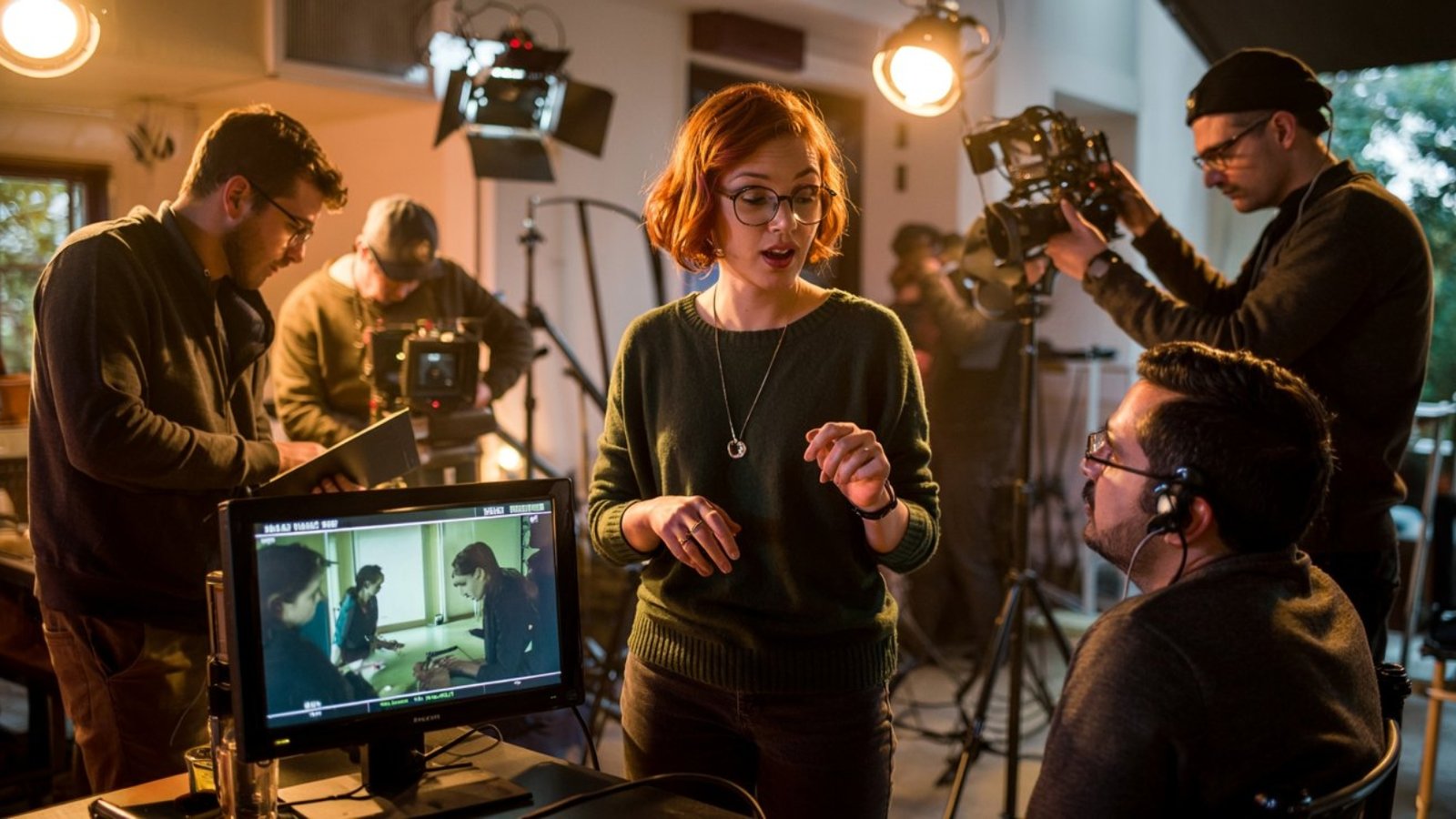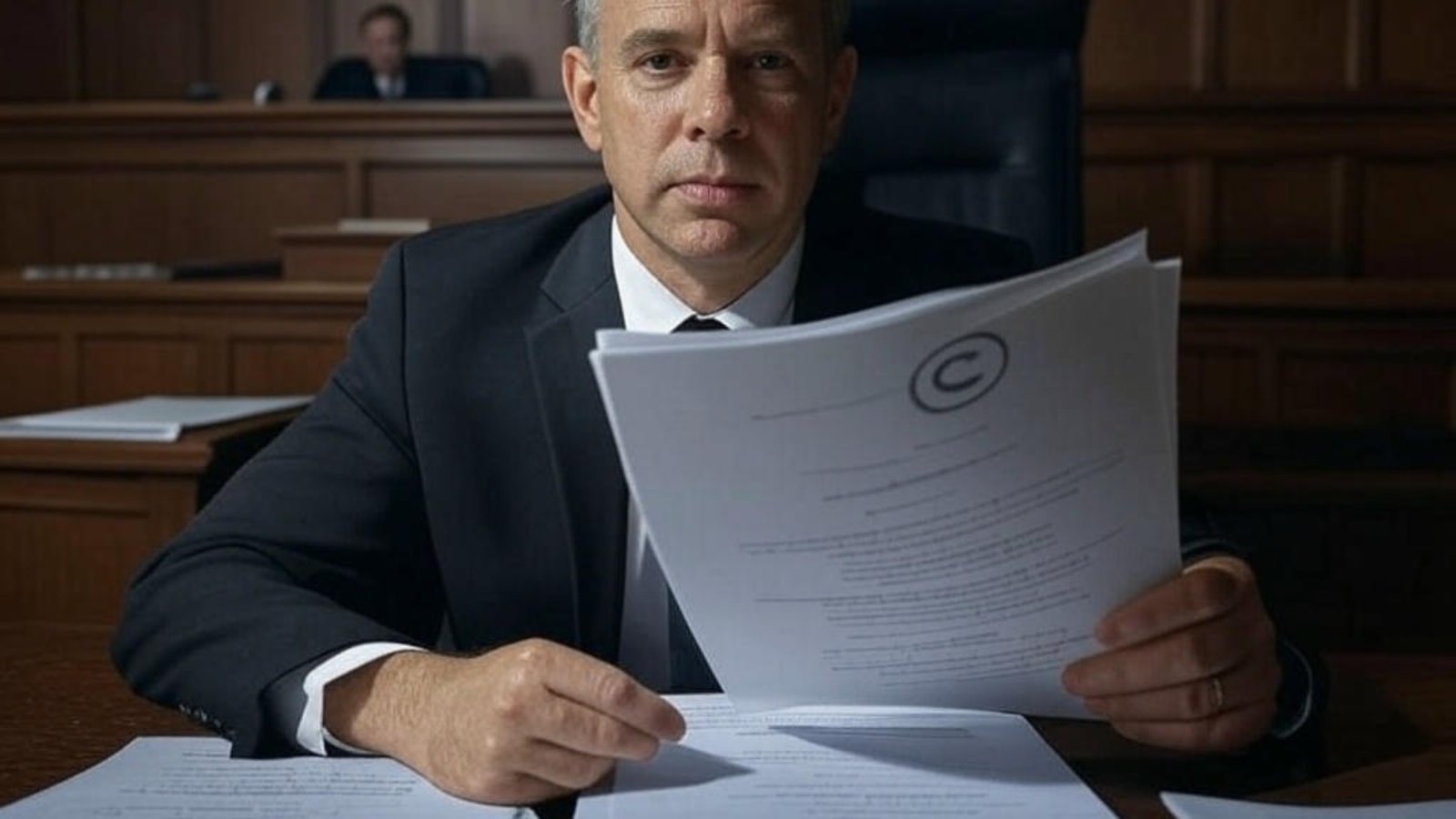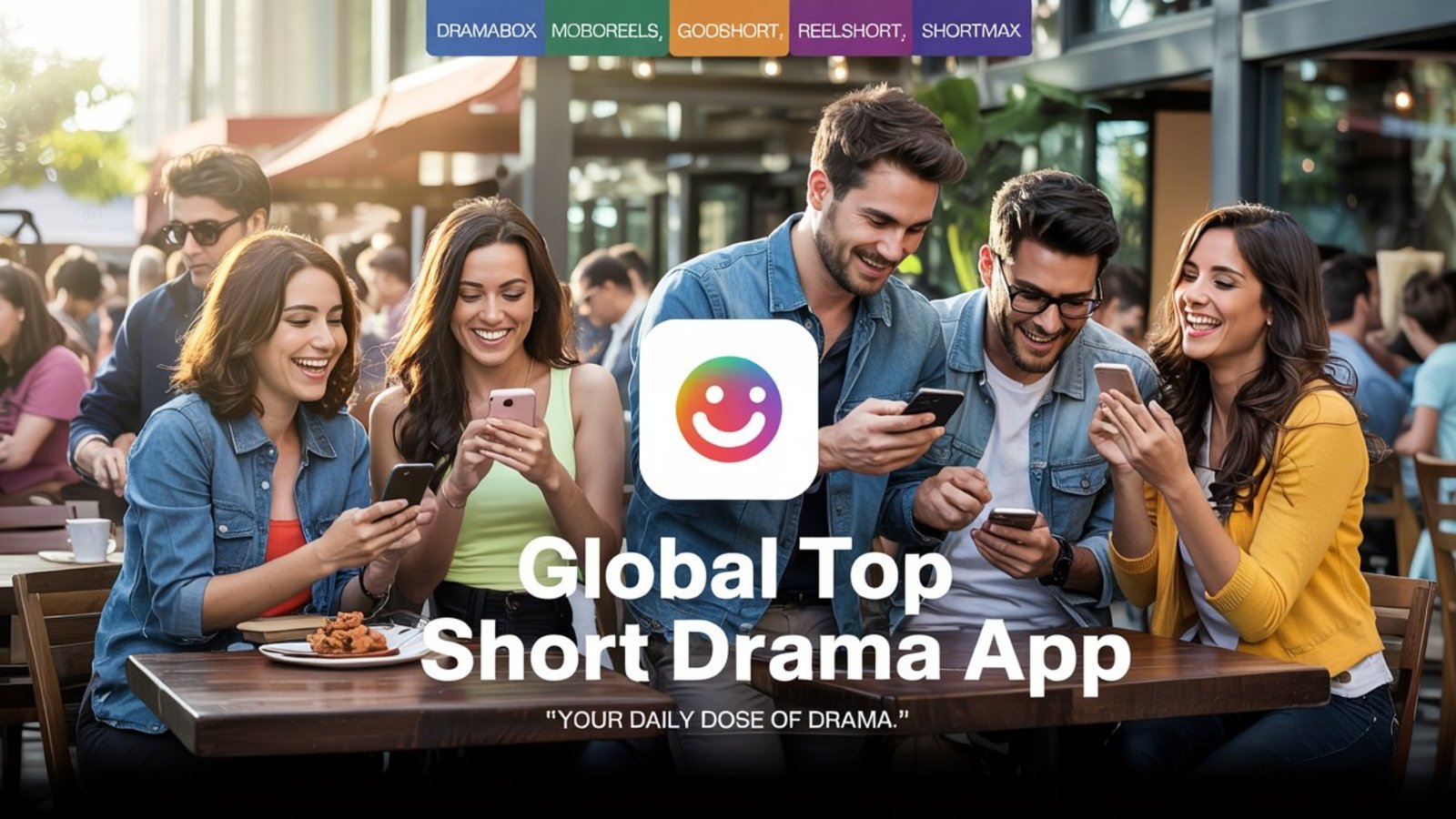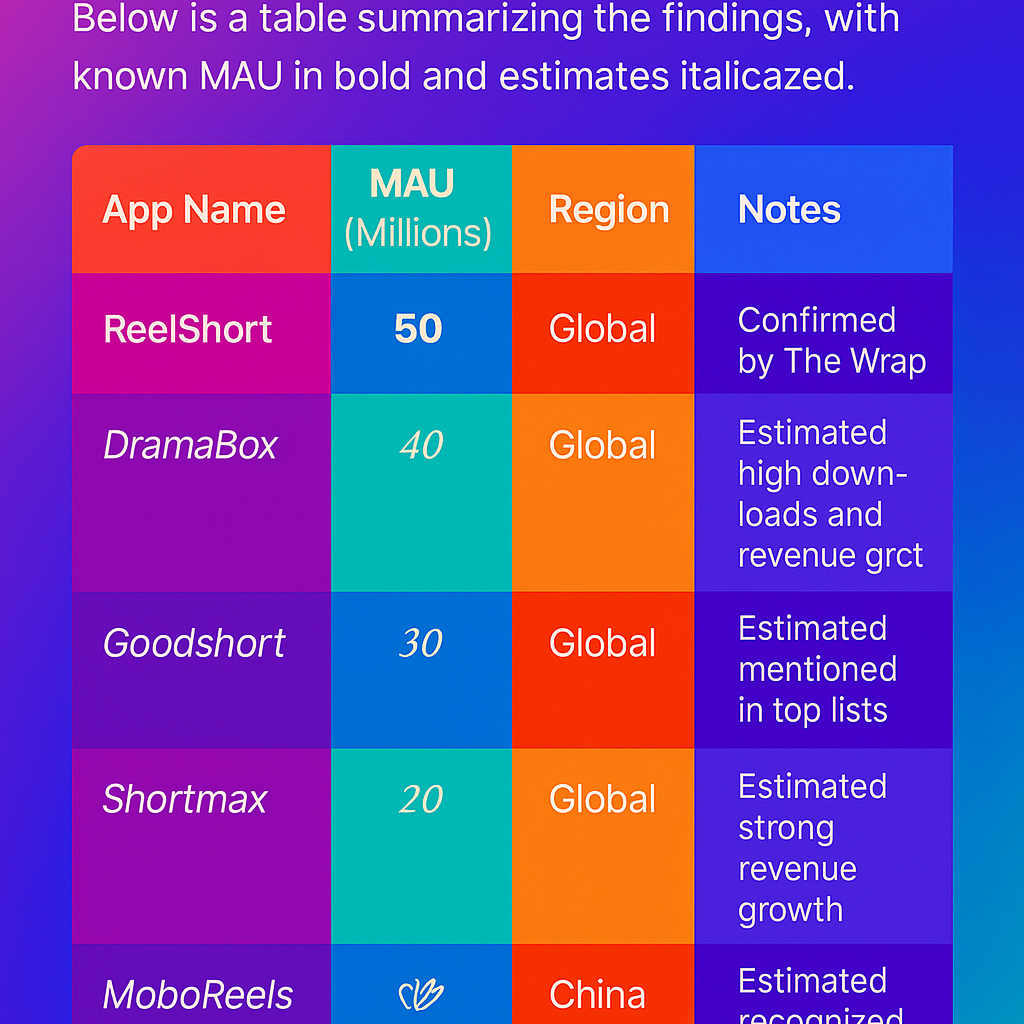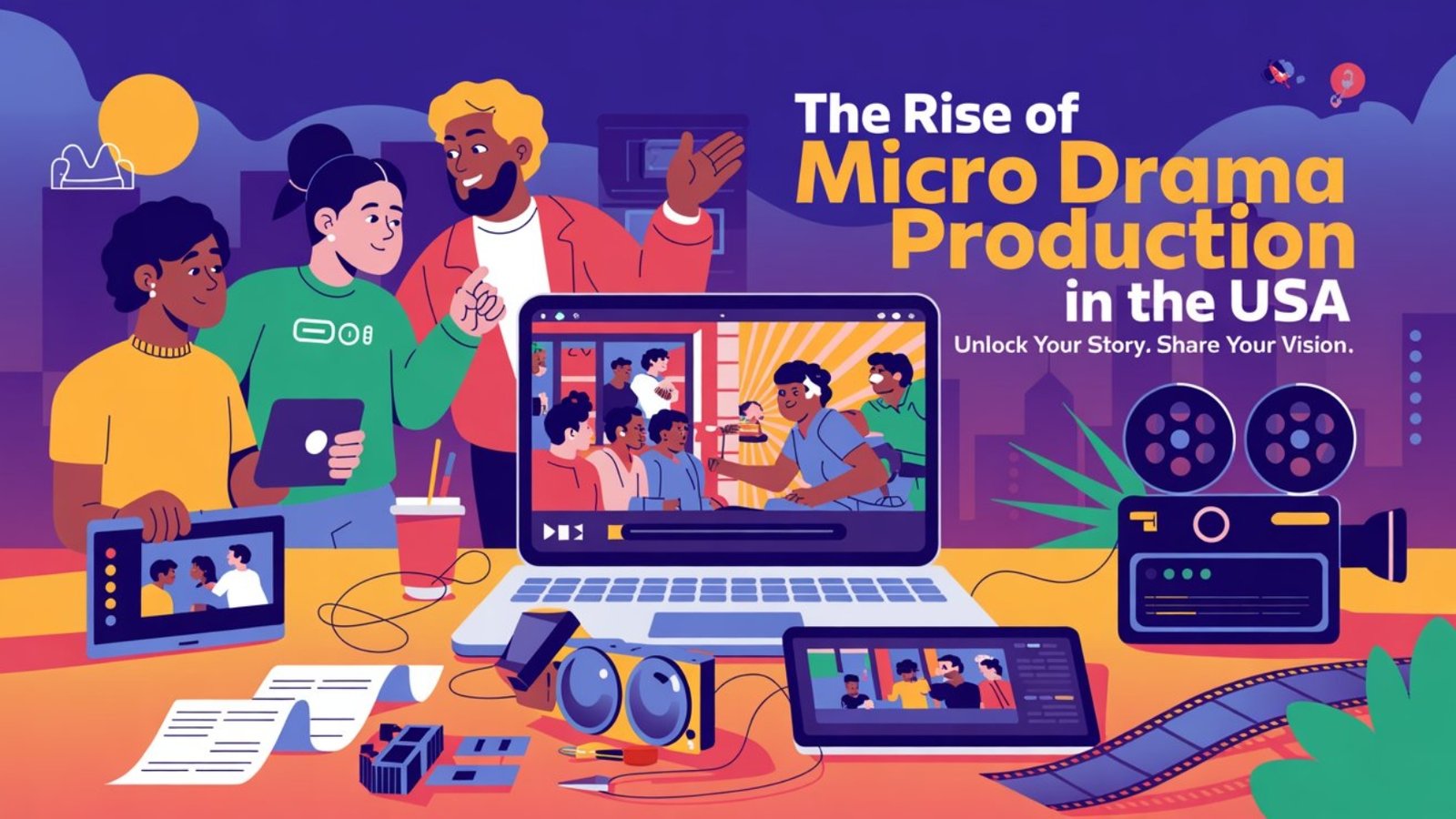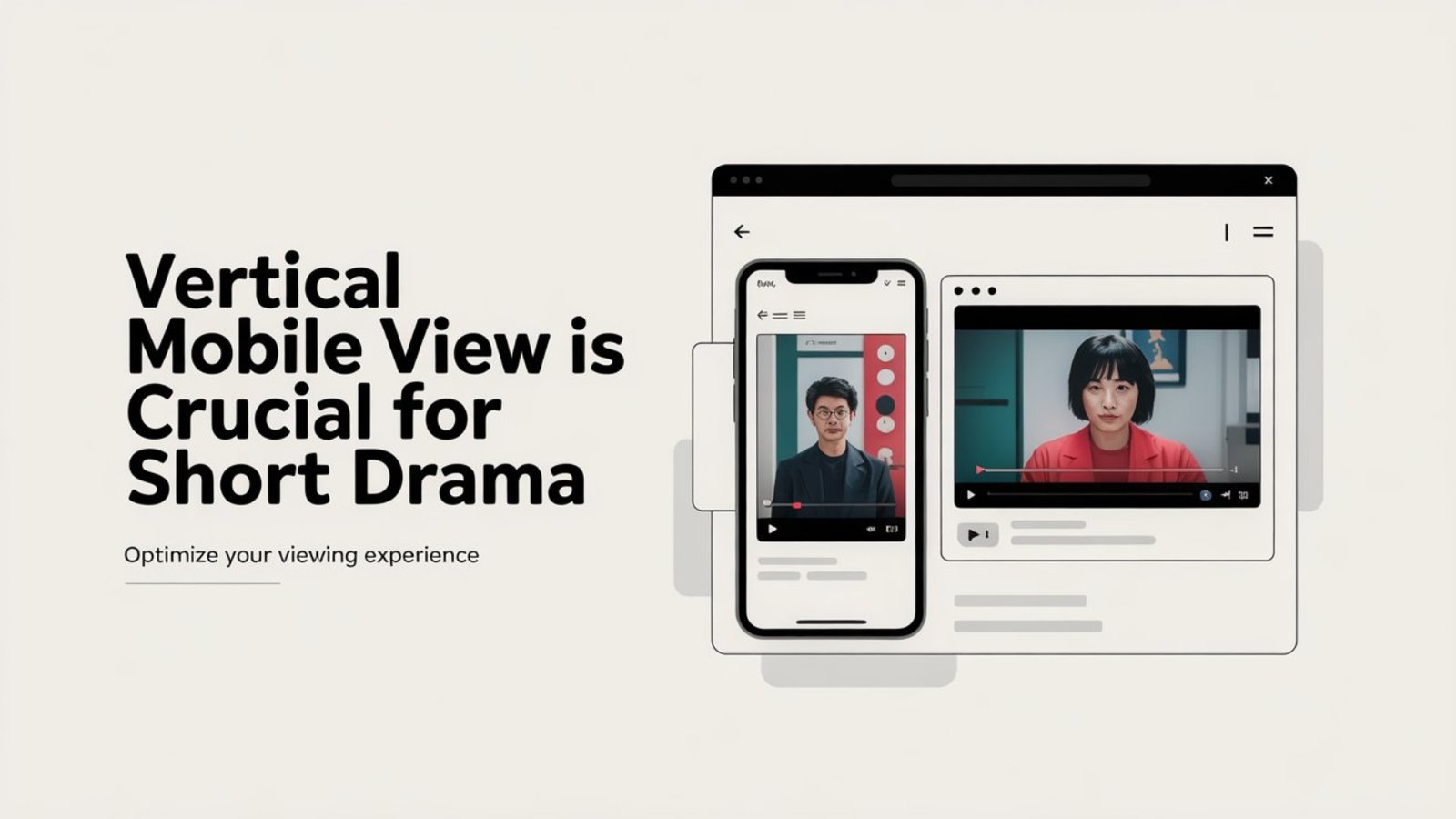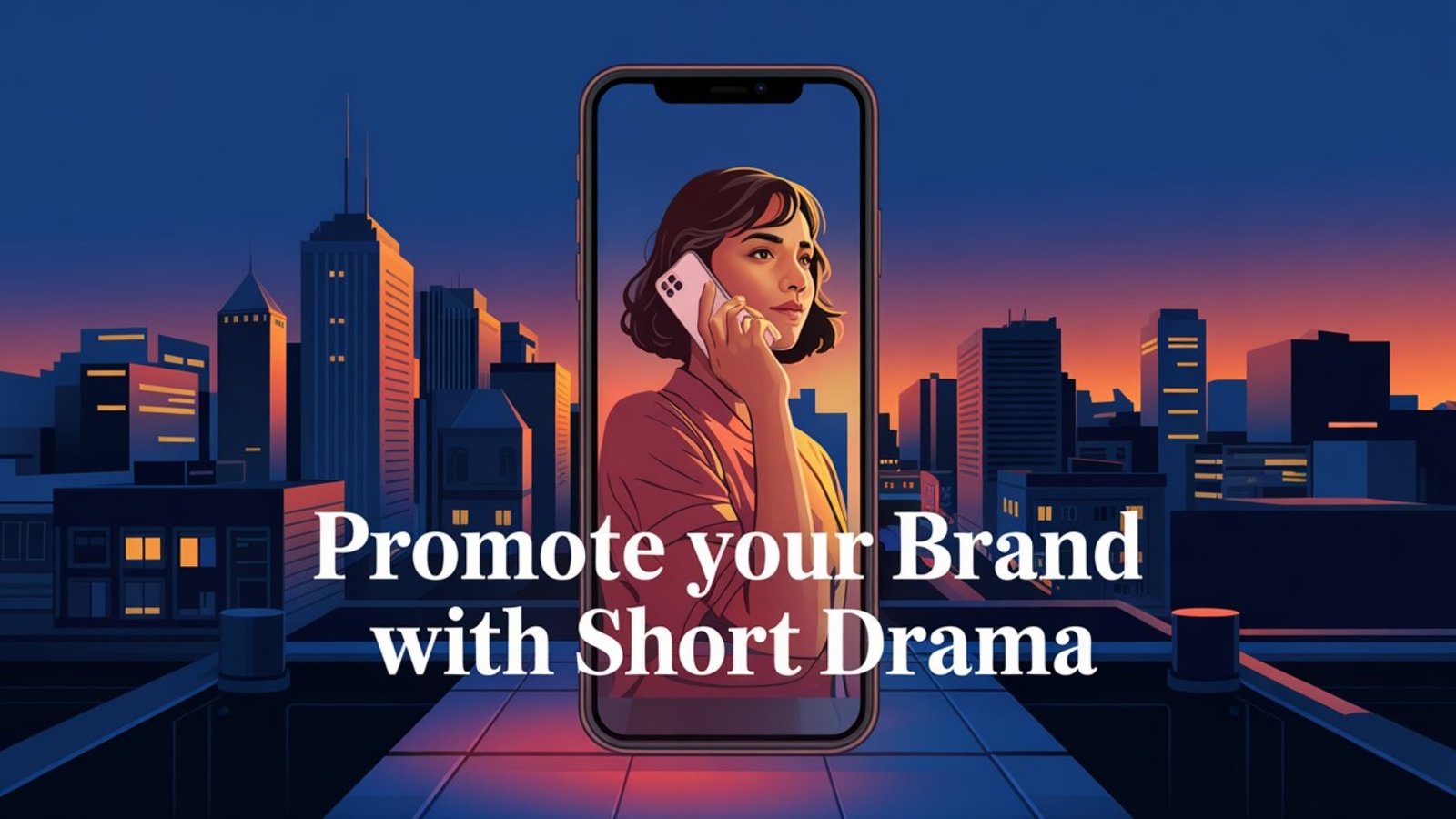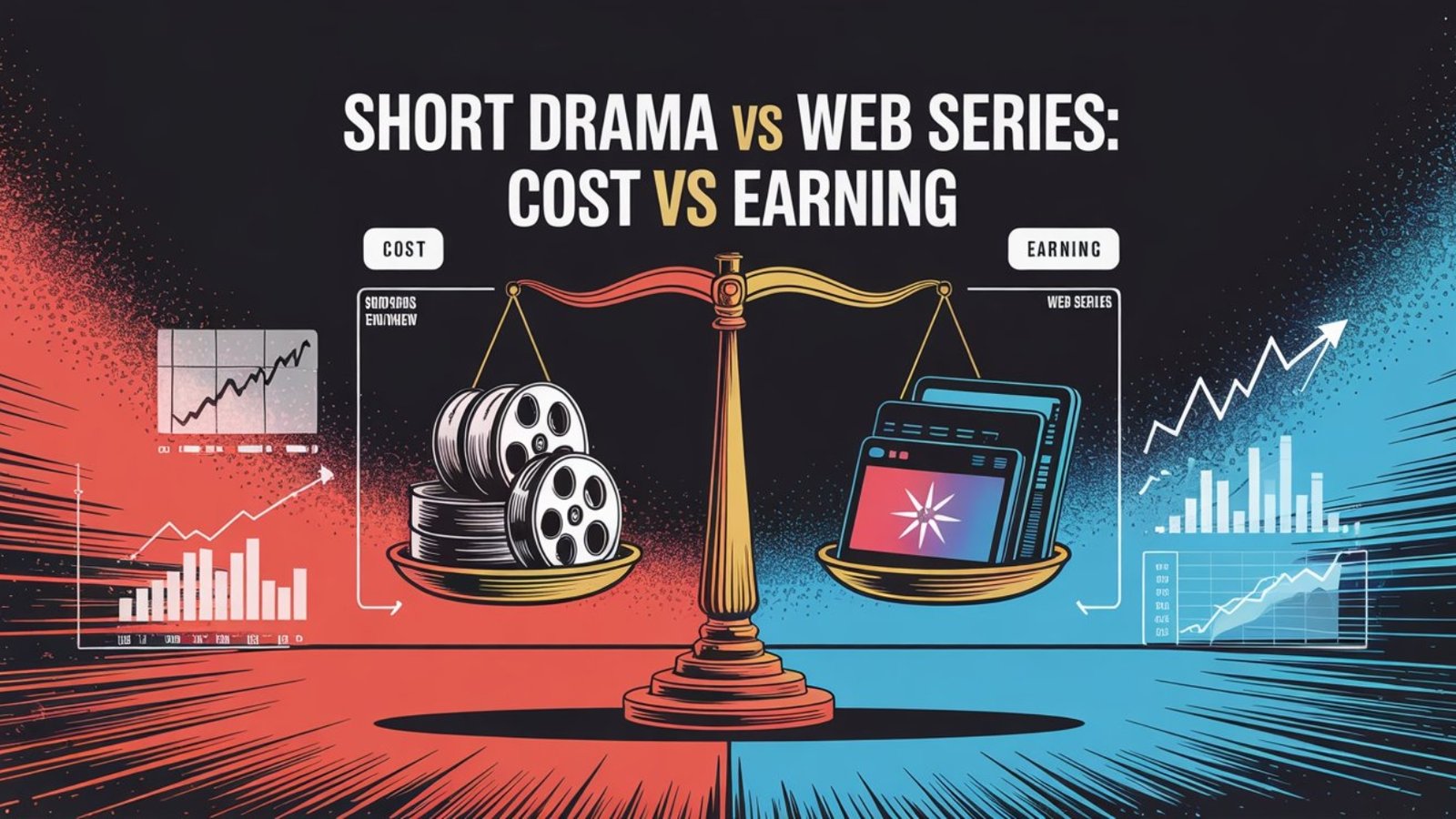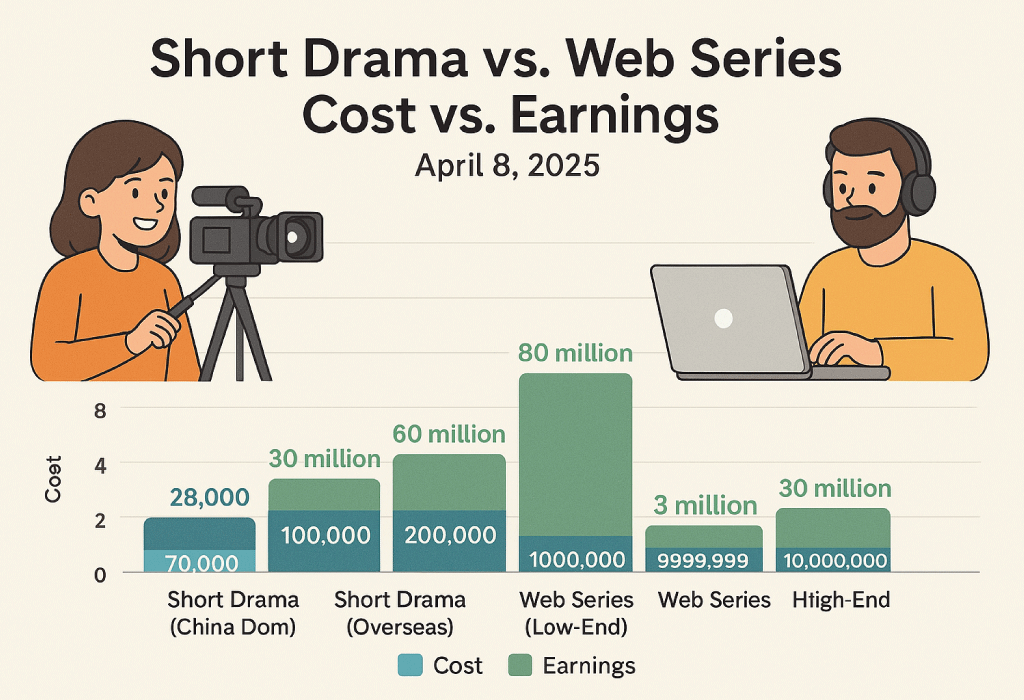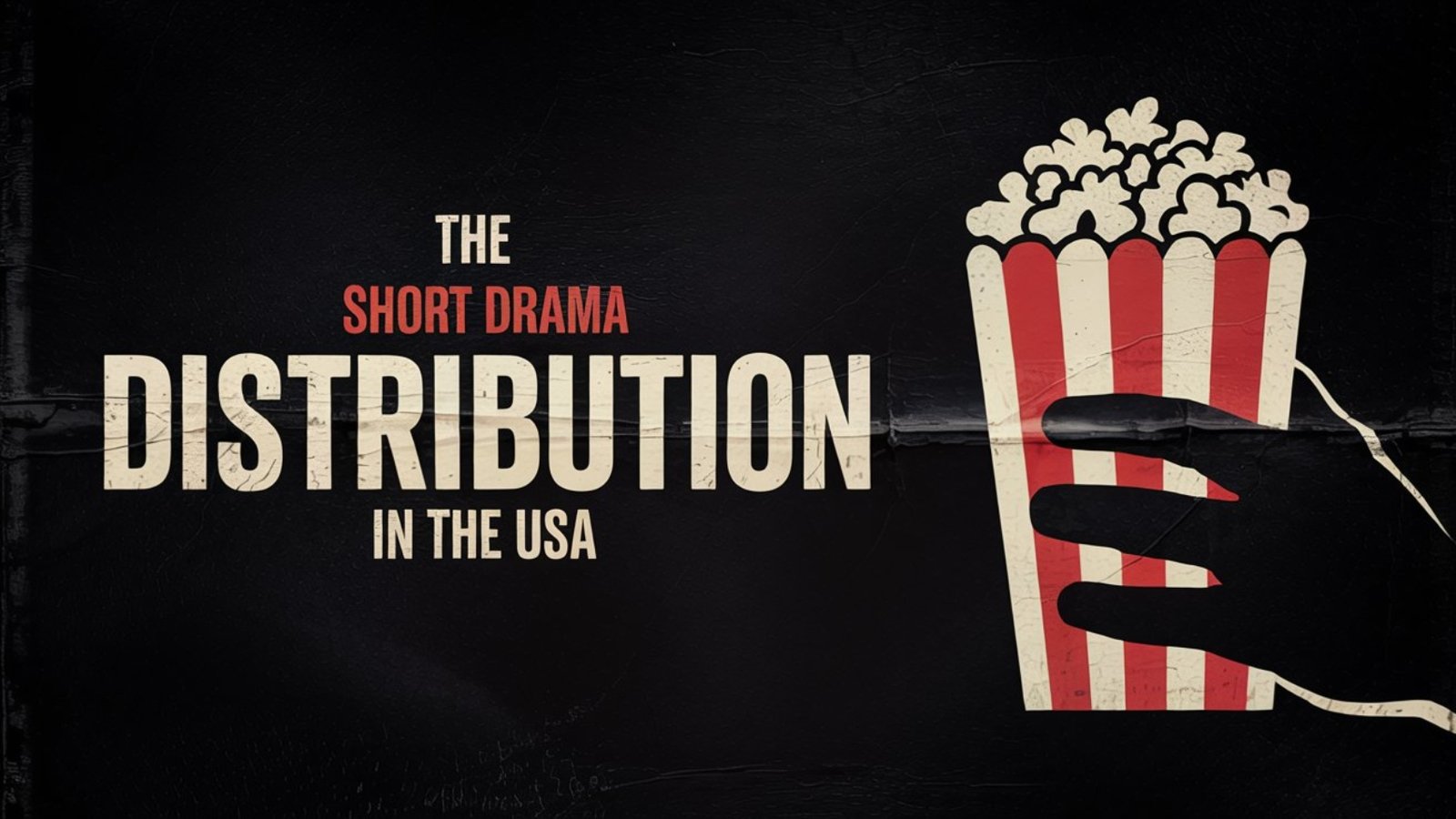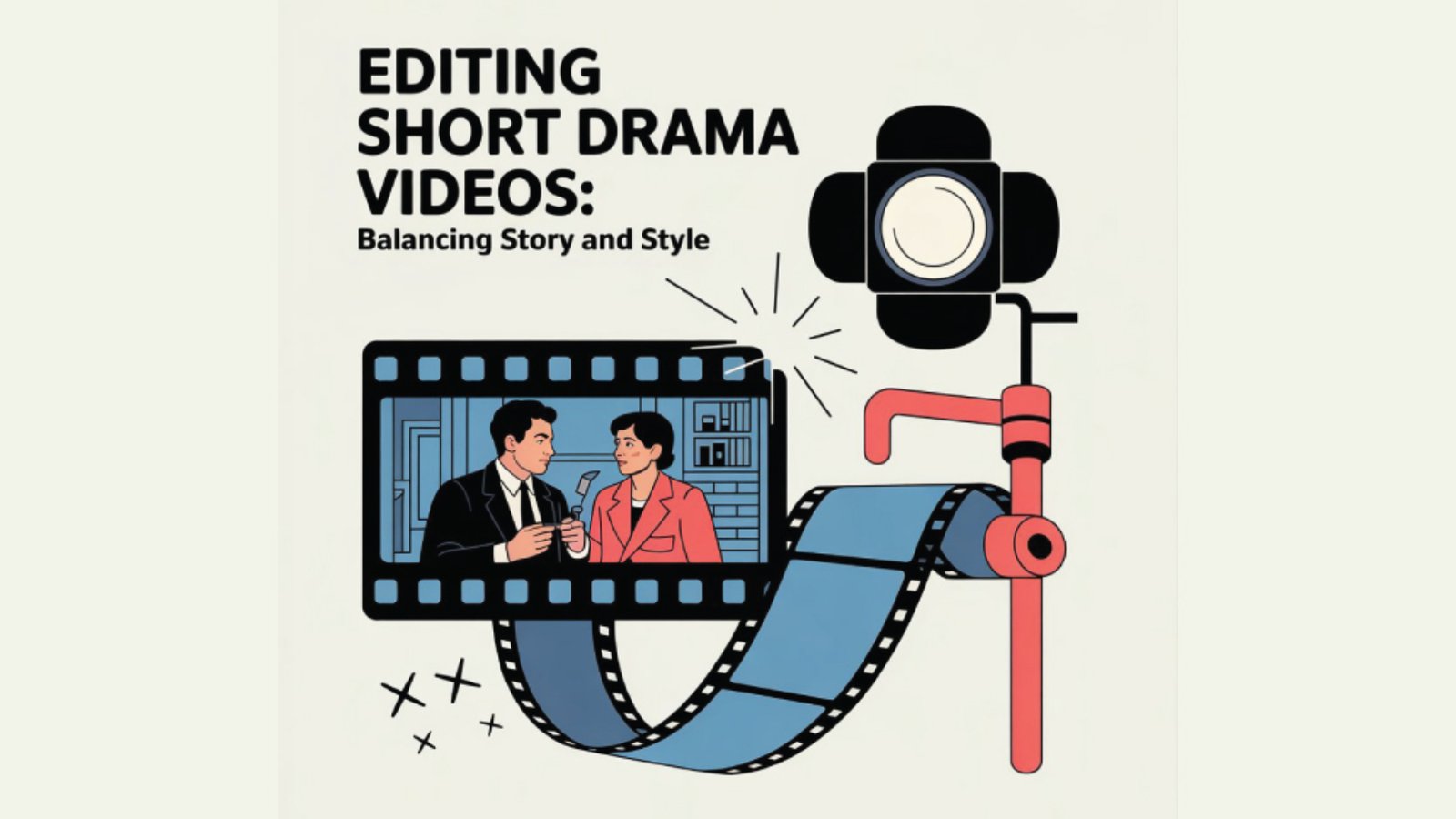Short Drama Production Team Backbone of a Short Drama
Short dramas have taken the world by storm, delivering powerful stories in bite-sized formats that captivate audiences on platforms like YouTube, TikTok, and streaming services. But behind every gripping scene is a dedicated production team working tirelessly to bring these stories to life. Let’s pull back the curtain and explore the roles, challenges, and magic of a short drama production team.
A short drama production team is a lean, dynamic group where every member wears multiple hats. Unlike large-scale film productions, these teams often operate on tight budgets and schedules, requiring creativity and collaboration at every step. Here’s a look at the key players:
- Writer: The storyteller who crafts the script, packing emotional depth and conflict into a compact runtime. They ensure the dialogue is sharp and the plot hooks viewers fast.
- Director: The visionary who translates the script into visuals, guiding actors and crew to capture the story’s essence. They make quick decisions to keep production on track.
- Producer: The organizer who juggles budgets, schedules, and logistics. They secure locations, equipment, and talent while solving problems on the fly.
- Cinematographer: The artist behind the camera, responsible for framing shots, lighting scenes, and creating the visual mood. They work miracles with limited gear.
- Editor: The magician in post-production, weaving footage, sound, and effects into a polished final product. They trim scenes to maintain pacing in a short format.
- Actors: The heart of the drama, delivering authentic performances that make audiences laugh, cry, or gasp in just a few minutes.
- Sound Designer: The unsung hero who records clean audio, adds music, and layers sound effects to heighten emotion.
Support roles like makeup artists, costume designers, and production assistants round out the team, ensuring every detail shines.
The Creative Process
Creating a short drama is a sprint, not a marathon. The process typically unfolds like this:
- Concept and Scripting: It starts with a killer idea—something simple yet emotionally resonant. The writer hammers out a script, often revising it with input from the director and producer to fit time and budget constraints.
- Pre-Production: The producer locks in locations, cast, and crew. The director storyboards shots while the cinematographer scouts lighting setups. Everyone brainstorms ways to maximize impact with minimal resources.
- Shooting: Filming happens fast, sometimes in a single day. The team works in sync, troubleshooting issues like bad weather or noisy environments. Actors nail their lines under pressure, often with limited takes.
- Post-Production: The editor takes over, cutting footage to keep the story tight. Music and sound effects are added to amplify the mood. The director and producer review drafts, ensuring the final cut delivers.
- Release: The drama hits the chosen platform, where audience feedback can spark viral success or inspire the next project.
Challenges and Triumphs
Short drama production isn’t easy. Budgets are often razor-thin, forcing teams to get creative—think shooting in a friend’s apartment or using smartphone cameras. Time is another enemy; every minute of screen time requires hours of work, and delays can derail the project. Plus, the format demands instant engagement—there’s no room for slow builds when viewers might scroll away in seconds.
Yet the triumphs are sweet. A well-crafted short drama can rack up millions of views, spark conversations, or even launch careers. The team’s ability to tell a complete story in under ten minutes feels like a small miracle. Collaboration is the secret sauce—when everyone’s passion aligns, the result is pure magic.
Why It Matters
Short dramas thrive because they fit our fast-paced world. They deliver quick hits of emotion, from heartwarming romances to twisty thrillers, perfect for a lunch break or late-night binge. For the production team, it’s a chance to experiment, take risks, and hone their craft without the stakes of a feature film. Many filmmakers cut their teeth on shorts, building skills that lead to bigger projects.
Final Thoughts
The next time you watch a short drama that leaves you teary-eyed or shocked, take a moment to appreciate the team behind it. From the writer’s first draft to the editor’s final cut, every step is a labor of love. These small but mighty crews prove that you don’t need a Hollywood budget to tell a story that resonates—just talent, grit, and a shared dream.

